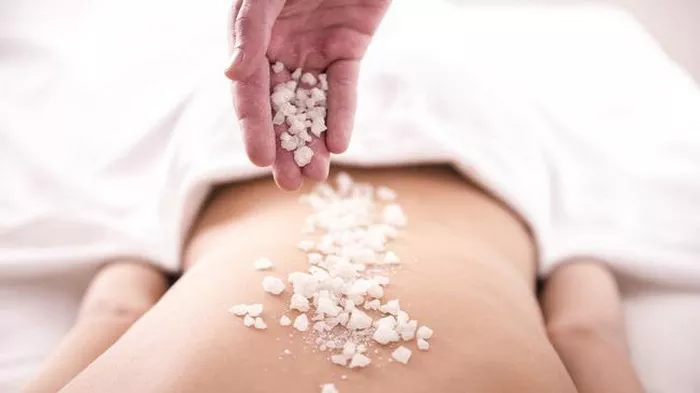Introduction:
In the quest for youthful and glowing skin, people have tried various skincare techniques, including putting ice on their faces. This practice has gained popularity in recent years, with many people claiming that it tightens the skin, reduces puffiness, and minimizes the appearance of fine lines and wrinkles. But does putting ice on face tighten skin, or is this just another beauty myth? In this article, we will explore the science behind this practice and separate fact from fiction.
What Happens When You Put Ice on Your Face?
Before we delve into the effects of putting ice on face tighten skin, let’s first understand what happens when you apply ice to your skin. When you put ice on your face, it causes vasoconstriction, which means that the blood vessels in your skin contract. This can reduce inflammation and puffiness, giving the skin a firmer and smoother appearance. Additionally, the cold temperature of the ice can temporarily numb the nerves in your skin, which can provide a soothing and calming effect.
The Claims: Putting Ice on Face Tighten Skin
Now that we know what happens when you put ice on your face let’s examine the claims that putting ice on face tighten skin. Many people believe that the cold temperature of the ice can stimulate collagen production, which can help to tighten the skin and reduce the appearance of fine lines and wrinkles. Collagen is a protein that provides structure and elasticity to the skin, and as we age, our bodies produce less of it. Therefore, the idea of using ice to stimulate collagen production seems like a promising solution.
The Evidence: Does Putting Ice on Face Tighten Skin?
While there is some anecdotal evidence to suggest that putting ice on face tighten skin, there is very little scientific research to support this claim. In fact, most dermatologists and skincare experts are skeptical of this practice. According to Dr. Joshua Zeichner, a board-certified dermatologist, “there is no scientific evidence that putting ice on your face will tighten your skin or reduce the appearance of fine lines and wrinkles.”
One study published in the Journal of Cosmetic Dermatology found that applying cold temperatures to the skin can improve skin texture and reduce the appearance of pores, but it did not find any significant effects on skin tightening. Another study published in the Journal of Investigative Dermatology found that cold temperatures can stimulate collagen production, but the study was conducted on mice, not humans.
While these studies suggest that there may be some benefits to applying cold temperatures to the skin, they do not provide conclusive evidence that putting ice on face tighten skin. Therefore, it is important to approach this practice with caution and to consult with a skincare professional before trying it.
The Risks: Potential Side Effects of Putting Ice on Your Face
While putting ice on your face may seem like a harmless practice, there are some potential side effects that you should be aware of. For example, applying ice directly to the skin can cause ice burns, which can damage the skin and cause redness, swelling, and pain. Additionally, if you have sensitive skin, the cold temperature of the ice can cause irritation and inflammation.
Another potential risk of putting ice on your face is that it can disrupt the natural balance of your skin’s microbiome. The microbiome is a collection of microorganisms that live on your skin and play a crucial role in maintaining its health and function. Applying ice to your face can disrupt this delicate ecosystem, which can lead to a range of skin problems, including acne, dryness, and sensitivity.
Conclusion:
In conclusion, the idea that putting ice on face tighten skin is a beauty myth that has gained popularity in recent years. While there may be some benefits to applying cold temperatures to the skin, there is no conclusive evidence to suggest that this practice can tighten the skin or reduce the appearance of fine lines and wrinkles. Furthermore, there are potential risks and side effects associated with putting ice on your face, including ice burns and disruption of the skin’s microbiome.
Therefore, if you are looking to improve the appearance of your skin, it is important to consult with a skincare professional and to adopt a comprehensive skincare routine that includes cleansing, moisturizing, and protecting your skin from the sun. While putting ice on your face may provide a temporary soothing and calming effect, it is not a substitute for good skincare habits and should be approached with caution.


